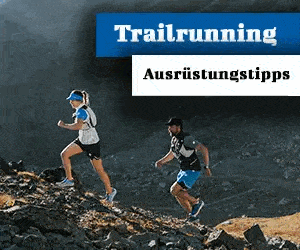A few weeks ago we did Giuliano Cameroni met in Ticino and at Teufelsstein in central Switzerland. In an interview with LACRUX he explains why he has turned his back on competition climbing and where he sees climbing in ten years.
Giuliano Cameroni in an interview with LACRUX
GiulianoWhat is the first climbing moment you can remember?
When I was six years old, my mother and father took me to bouldering Chironico, I saw a group of people trying a plate boulder rated about the 6a + difficulty. I liked the boulder, so I also tried a try - with success. I got through it and was quite surprised that not all of the group could climb the Boulder. In my childish naivete, I thought that if I can do that then the others must be able to do it too.
Since then, 14 years have passed. What was the biggest moment that you experienced while climbing?
That was probably the passage through the Boulder «Dreamtime" in Cresciano imTessin. Fred Nicole first arrived in 2000, he is one of the most famous boulders in the world. Above all, it was a dreamlike line for me. And I was more motivated than ever to spend time in a boulder. Pretty much time. On 25 days over two years, I focused on the individual movements of "Dreamtime", until I found the optimal solution for me and the external conditions such as temperature and humidity were perfect.
Your mother climbed as one of the first women 8a. Your father shaped the Ticino climbing scene with numerous first ascents. How did your parents influence you?
Sure, I would not be climbing today without my parents. As a family we spent almost every weekend out in nature looking for new blocks and opened new boulders. That was a lot of fun when I was a kid. Although my parents were passionate climbers, I never had the feeling or pressure that I had to climb too. But they have passed on their enthusiasm for the sport and always supported me.
You can feel that. You seem to be bubbling with motivation and enthusiasm for climbing. Can you imagine a life without climbing?
Bouldering is very important in my life. However, there were also periods when I was rarely found on rock. I used to skateboard a lot with 16 years. But pretty soon, I realized that I really enjoy searching for new boulders in the Ticino forests.
Did you think about putting on the card «Bouldering»?
Climbing to my profession is clearly a goal for me. I want to climb as much as possible and give something back to the sport by opening new routes and discovering areas. On the way here to the interview, I also talked to my father about the future. We agreed that it would be boring and monotonous, if you just climb and spend every day on the rock. I start studying in the fall, also to prepare for the moment when I lose the desire to climb. But we are really talking about the future here. After graduation, I will certainly pursue a life as a professional athlete first.
But professional climbers also have certain constraints on their sponsors. You have to commit spectacular lines or high and risky boulders that can be marketed. What would you never do, where are the limits for you?
I've already climbed a few highballs because they were simply beautiful rock formations and bouldering routes. But when I climb risky boulders, I'm not looking for the adrenaline rush. If the exit of a boulder is high, practice these moves ten, maybe twenty times to really make sure I don't fall. What I would never do is free solo climbing. I don't want to risk my life climbing.
Most professional athletes participate in competitions. You turned your back on competitive bouldering four years ago. Why?
I do not like climbing or, in my case, bouldering on plastic. I prefer to be outdoors in nature. On the rock steps and grips are not given in color and the climbing style is very different than in the climbing gyms. Especially in the competitions, the style of the routes increasingly distanced itself from the movements and sequences on the rock. If you follow a competition - which is very exciting and entertaining - you will find that the bouldering routes are characterized by spectacular jumps and dynamic movements.
Outside on the rock you are top, in the hall flop. Why?
As already mentioned, the indoor bouldering is getting more and more disconnected. Who wants to be successful in competitions, must train very specific and very intense. Many competitive athletes train several hours a day in the bouldering hall or in the gym. That's just not my thing. If there were competitions on the rock, I would join immediately - and would certainly be more successful, as I was in competition climbing.
How do you rate the balance between indoor and outdoor climbing?
The current trend is clearly pointing towards plastic climbing, as I like to call it. Many people today start in climbing gyms, but never dare to step on the rock. Climbing becomes an alternative to pure fitness training on equipment. I very much hope that indoor and outdoor climbing in the professional as well as in the amateur area will continue to balance each other in the future, as it is currently the case. I wish for future Klatterer generations that they, too, recognize the fascination of rock climbing in the great outdoors - and spend as much time outside as possible. I would like to make a small contribution to this fascination with the opening of new routes and I very much hope that I succeed.
Where do you see climbing in ten years?
In the fall 2016 has my friend Nalle Hukkataival with Burden of Dreams climbed the heaviest boulder in the world (9a Fb on the Difficulty Scale). We will certainly experience more tours of this difficulty level. I see another development in the specialization. The Frenchman Charles Albert, often called Mowgli, is a good example here. He climbs barefoot and already commits Boulder with a difficulty of 8c +. I am convinced that he will still climb routes that nobody else can climb because they are so specific.
Selected for you: Products from Prana and FrictionLabs
The number of clothing manufacturers in the outdoor sector is not exactly small - on the contrary, it is constantly increasing. More and more brands are adding clothes to their range. A brand that has been producing clothes for climbers and boulderers for over 25 years Prana from California. The company has always strived to be socially and environmentally sustainable since its foundation. Not for nothing are climbing sizes like Chris Sharma or Paul Robinson for the brand. Also Giuliano Cameroni is part of the Prana family. We take this as an opportunity to bring you some selected products from Prana imagine.
Ezer T-Shirt - Prana (Men)
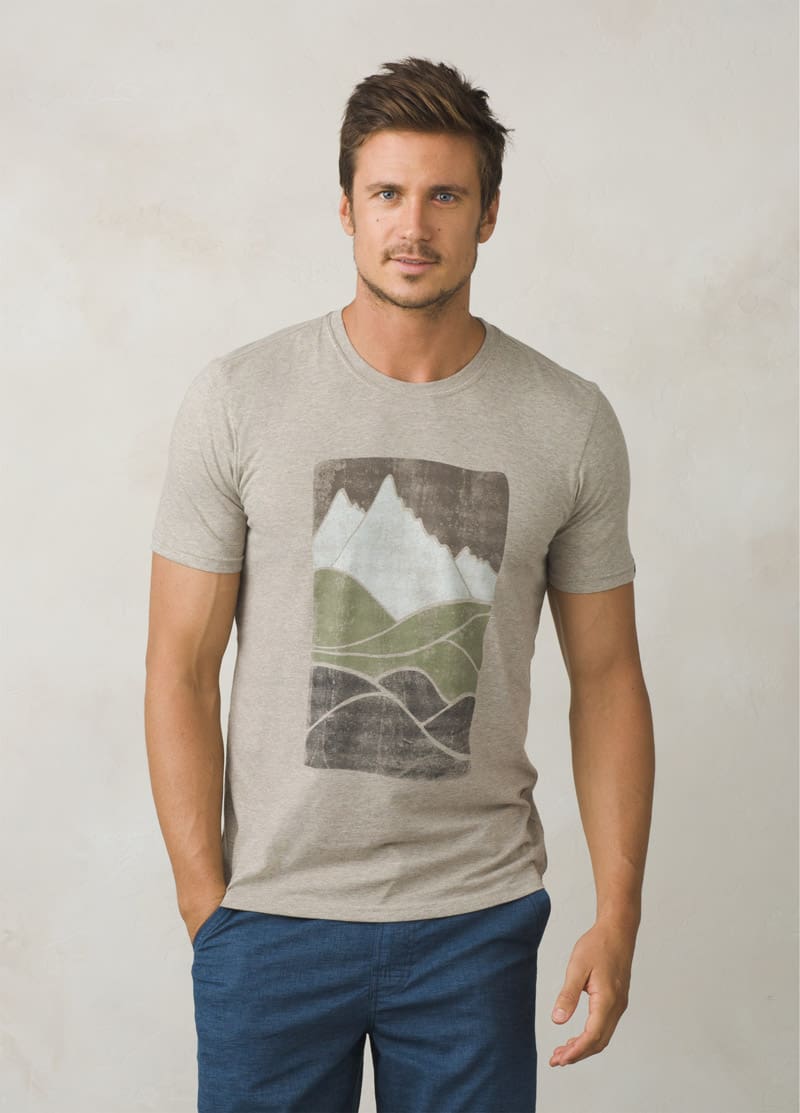
Zander Short - Prana (Men)
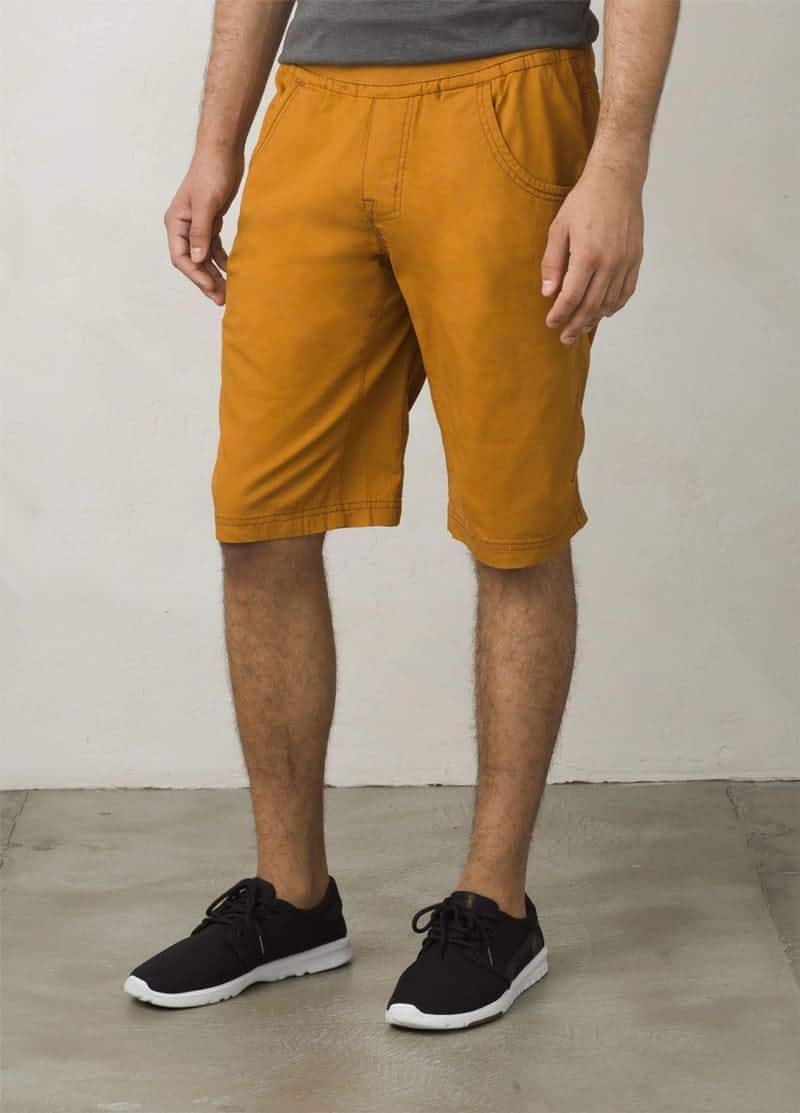
Bedrock Top - Prana (ladies)
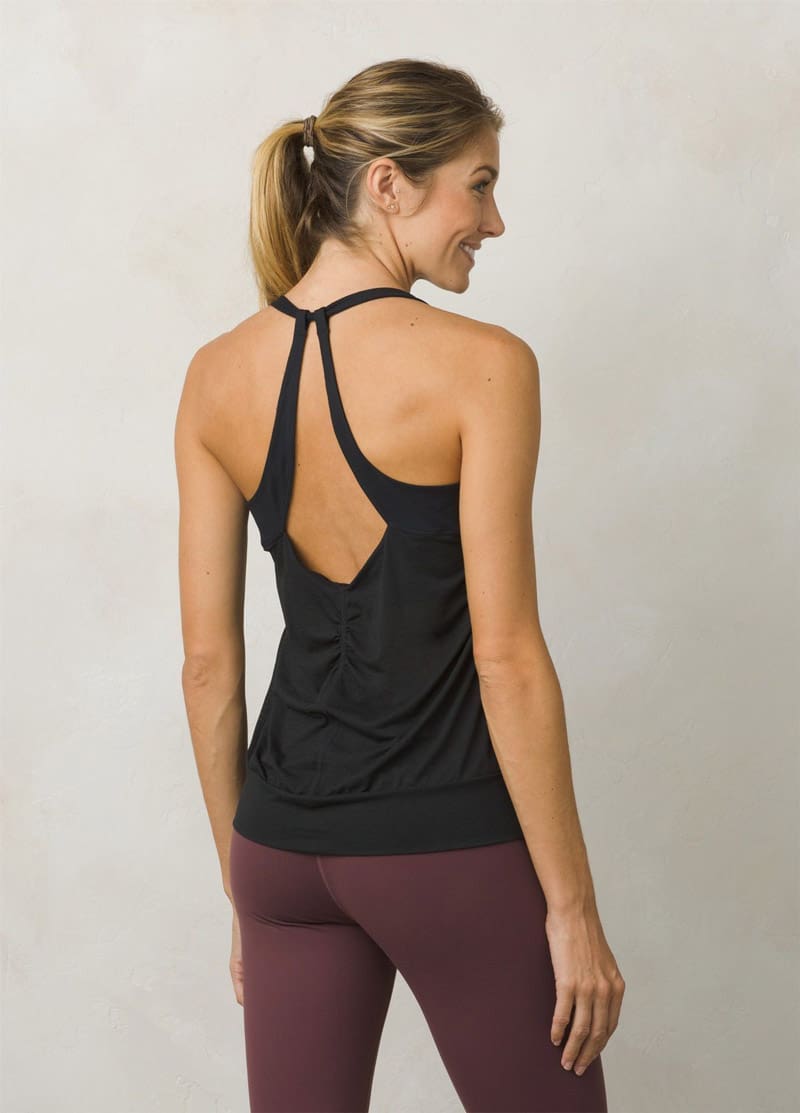
Avril Pant - Prana (ladies)
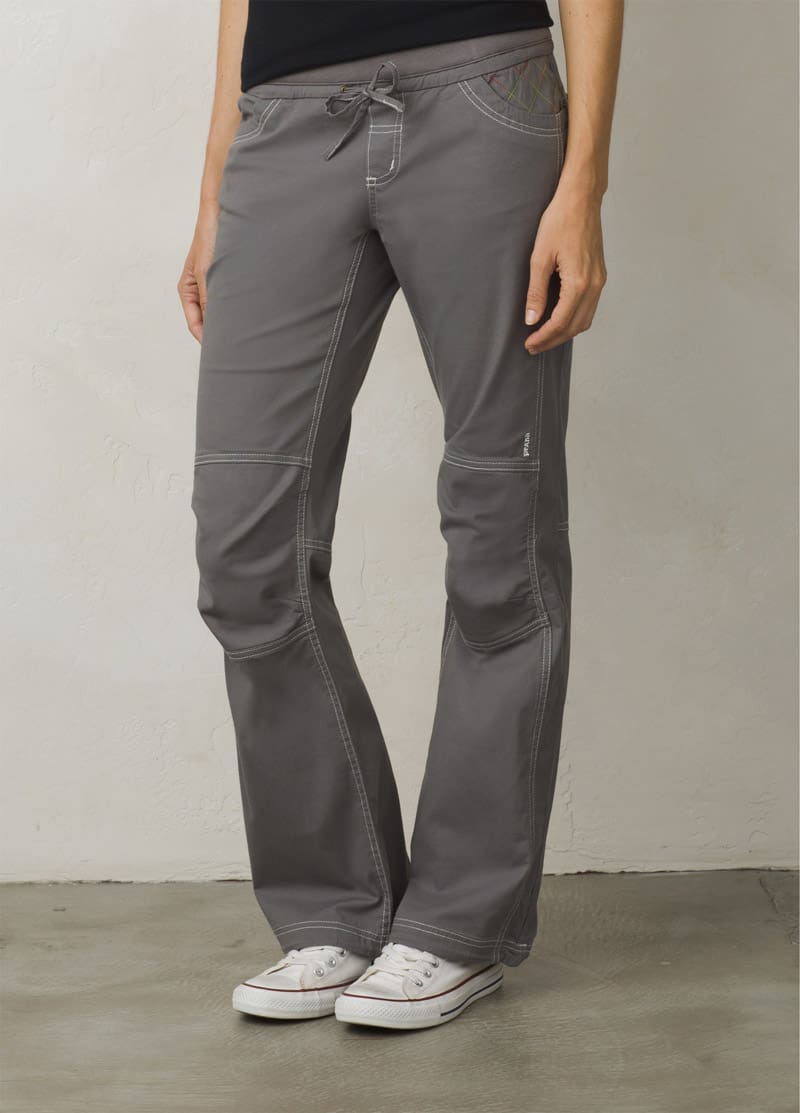
FrictionLabs Magnesium
The number of magnesium manufacturers is immense, as is the corresponding selection. The magnesium of many low-cost manufacturers contains a high proportion of calcium carbonate (chalk). At the Chalk from FrictionLabs however, it is almost pure magnesium. Accordingly, magnesium can bind more moisture and lubricate less than alternative products.
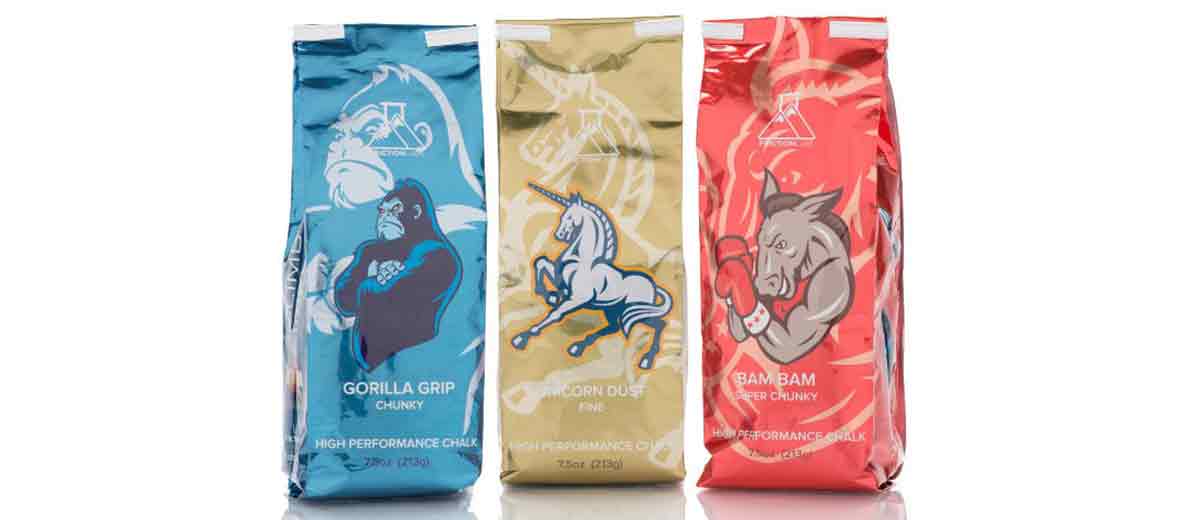
Information about the interview with Giuliano Cameroni
The interview was conducted by Remo Schläpfer from the climbing magazine LACRUX. A big thank you goes Bächli mountain sports and Prana (Switzerland) for the support of this article.


